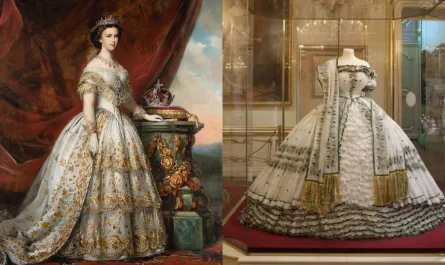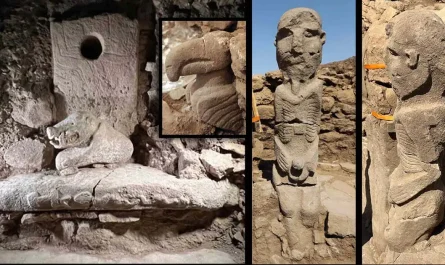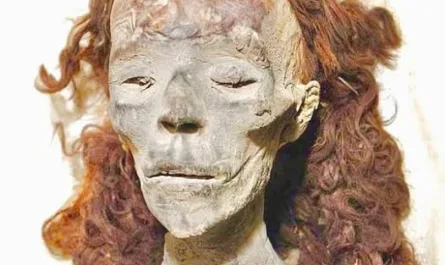This is one of the most beautiful buildings in the world, and astonishingly it has survived twenty centuries since its construction during the great age of Rome, around 120 A.D. Replacing two earlier buildings lost to fire, this third one was built for the ages. After two thousand years, its coffered ceiling remains the largest unreinforced concrete dome in the world, and it continues to evoke awe and wonder among architects. The building is, of course, the Pantheon, whose formal Christian name is the Basilica of St. Mary and the Martyrs.

Unlike some buildings of equal stature and antiquity, the Pantheon has survived because it was consecrated as a church that has since been in continuous use. First built as a temple whose practices were anchored in pagan religious cults, its original Greek name suggests that the building was dedicated to a multitude of Roman God’s. Indeed, many modern visitors know the building only by its classical name rather than by its later Christian one, even though the transition from its original purpose for pagan worship to its current one occurred fourteen-hundred years ago!

Think about that for a moment. A pagan temple, apparently dedicated to a panoply of Roman deities, was then consecrated as a church, and renamed to commemorate Christian saints. The building’s earlier purpose and meaning was not seen as inimical to its later use for holy Christian worship.
For some of us, that is unimaginable! It seems more likely that the building would have been razed, and its materials reused to build an entirely new building for Christ-inspired liturgies. That such a removal and replacement did not happen represents courage, the courage of holy imagination turned loose to see what is good, positive, and hopeful, even amidst the remains of a decaying or already dead civilization.
The origin of the great feast of All Saints, that we celebrate on November 1 or the following Sunday, is identified by some historians with the re-dedication of the Pantheon for Christian worship, in the spring of the year 609 or 610. In its subsequent role, the building commemorates both Mary and remembered Christian witnesses to the Faith. Its new name may reinforce a misleading idea that saints like Mary, as well as the martyrs, are unique and special persons, marked out for attention because they are so different from us.

In the century after the Pantheon was consecrated as a church, the community of those honored on All Saints came to be seen as including all those who have ‘washed their robes in the blood of the lamb,’ to quote an All Saints lectionary reading from John’s Revelation. This fits well with the more expansive biblical understanding of saints. Because, in the New Testament, ‘saints’ are all the baptized; in other words, they are everyday members of the Church.
For example, at the opening of his letter to the Ephesians, Paul writes “to the saints who are in Ephesus, and are faithful in Christ Jesus.” Paul is referring not just to a select elite within that community; he is referring to all of them, who are – through Baptism – in Christ. Therefore, on All Saints, we commemorate not only saints who are remembered on particular feasts, but we celebrate all the baptized, including my granddaughter, Charlotte Mary, ‘Christened’ this past Sunday as she “put on Christ” and became a “child of God through faith (Gal 3:26-27).”

Here, among the tourists admiring beautiful ancient Roman architecture, and especially that great curved ceiling with its oculus or skylight, there are surely many saints to be found. We can hope they pause to pray in the midst of their visit and remember the ‘light of the world.’ Jesus, in John, refers to himself by these words. Perhaps to our surprise, Matthew quotes Jesus as saying that – after their call – his disciples share this remarkable identity and vocation with him.





